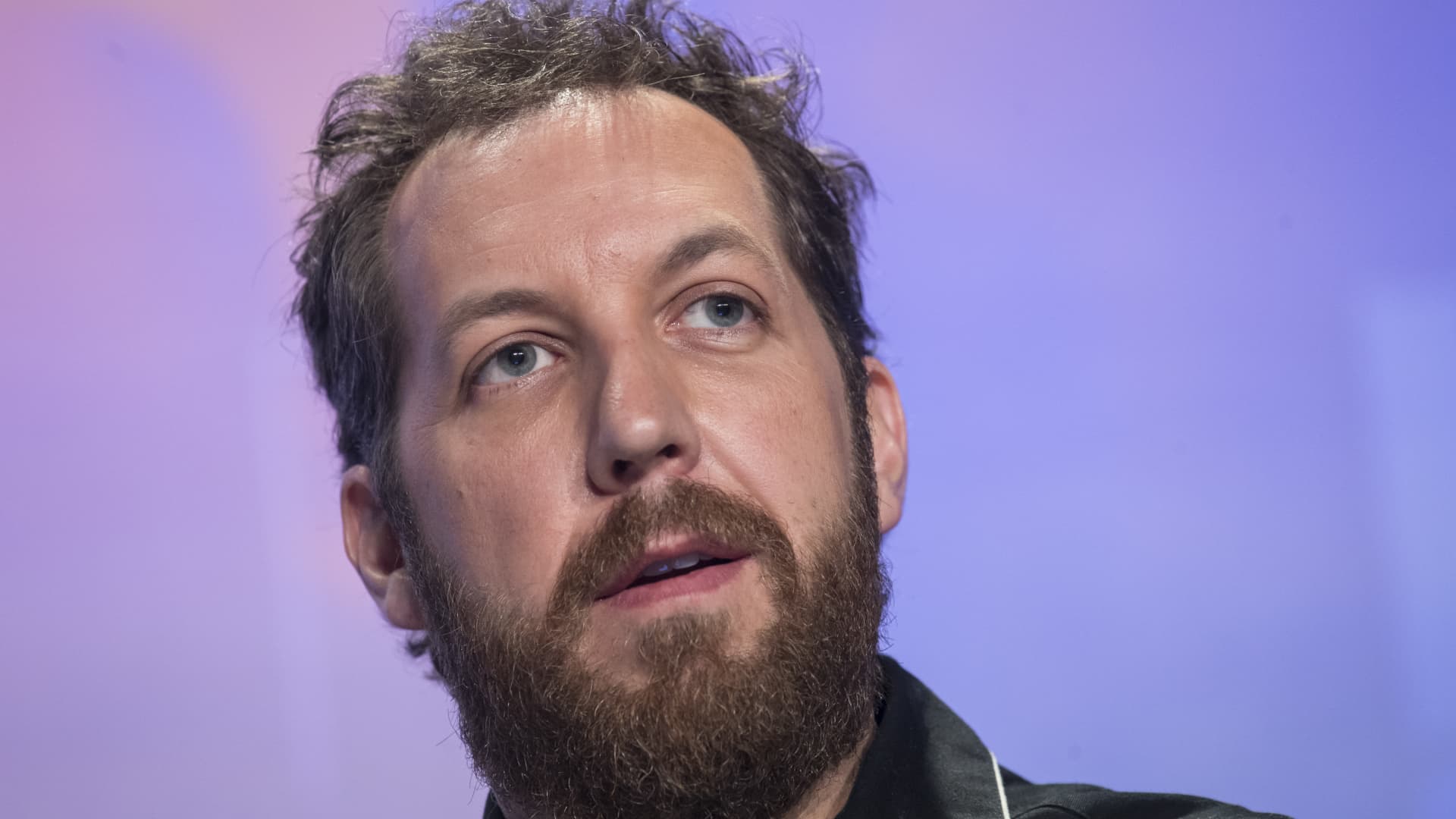
Chris Sacca’s climate investment company, Lowercarbon Capital, announced Thursday it raised a $350 million fund specifically to invest in carbon removal start-up companies.
“There has never been a better time to start a carbon removal company,” Sacca wrote in his announcement of the fund.
Sacca said he wants to invest in start-up entrepreneurs looking to scale up their carbon removal technology, and he’s open to any number of solutions from biological enhancements and manipulations to electrochemical solutions to burying carbon deep underground.
“So, come to us with your wildest ideas. They don’t have to be fully baked, and we have no preconceived notions about what might work,” Sacca wrote. “There are entire categories of carbon removal approaches with massive potential that haven’t even been discovered yet.”
On Tuesday, online payments-technology provider Stripe announced it teamed up with Google parent Alphabet, Facebook parent Meta, e-commerce platform Shopify and consulting giant McKinsey to commit to purchasing $925 million worth of permanent carbon removal from companies that are developing the technology over the next nine years. The companies jointly announced the investment with the creation of Frontier, an advanced market commitment funding model that was initially developed to spur demand to develop pneumococcal vaccines for low-income countries in 2009.
Stripe is also an investor in Lowercarbon’s $350 million fund and the proceeds of their investments will go back into buying more carbon removal, Sacca said.
On the whole, the nearly $1 billion commitment is a way to lock in demand for the still-nascent industry.
The lack of demand for carbon removal has meant that science has mostly been relegated to lab projects.
“When it comes to demand for carbon removal, consider that two years ago, the amount of money trying to buy it rounded down to $0. The few companies attempting removal were basically small demonstrations with no clear path to scaled commercialization,” Sacca wrote. “Fast-forward to today, and we see major buyers across the spectrum who just plain get it. This isn’t merely lip service. We are talking call your bluff, show me the f’ing money, cash on the barrel lined up to buy carbon removal.”
There are other recent signs of demand in the market coming from governments.
In the U.S., a bipartisan infrastructure bill included $3.5 billion in direct investment by the federal government in carbon-capture technologies, while both the U.K. and European Union have committed to capturing 5 million tons per year of carbon dioxide.
Swiss carbon sequestration company Climeworks, a front-runner in the commercialization of the technology, raised a $650 million equity round of funding on April 5.
The investment in carbon removal technologies runs in parallel to efforts to decarbonize.
“We can, and will, zero out new emissions, even in industries like steel and fertilizer that are notoriously hard to decarbonize. Our current Lowercarbon portfolio leaves us confident,” Sacca said. “Carbon is expensive, and removing it from energy, services, goods, and the like ultimately translates to profits. Businesses like profits. So, that’s all working. It’s just going to take time. Sadly, we spent most of the last 50 years running out the clock while gorging ourselves at an all-you-can-eat petrochemical buffet.”
And that, Sacca said, is why removing carbon from the atmosphere also has to be part of the suit of developing climate technologies.
“Removal means removal. It means mopping up the 170 years of extractive sludge milk we’ve already spilled,” Sacca wrote. “Removal means we grab carbon dioxide pollution already out there and sock it away permanently. As it has been described quite eloquently by others: When you only have one swimming pool, you gotta fish out the turds already floating around while simultaneously convincing people to stop dropping new turds.”




